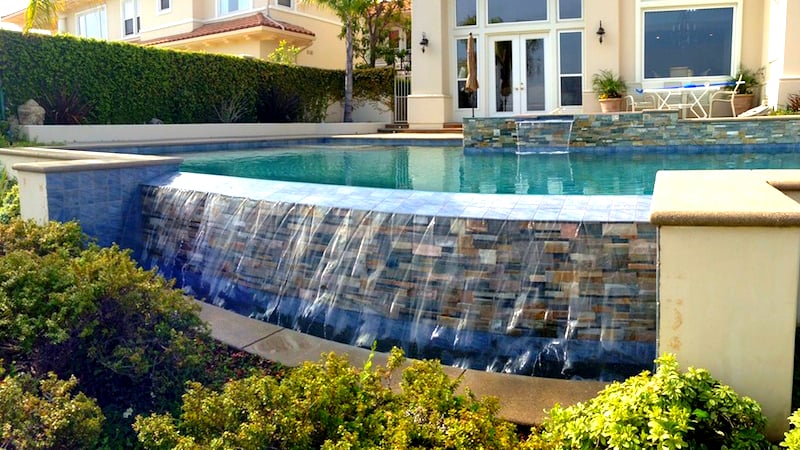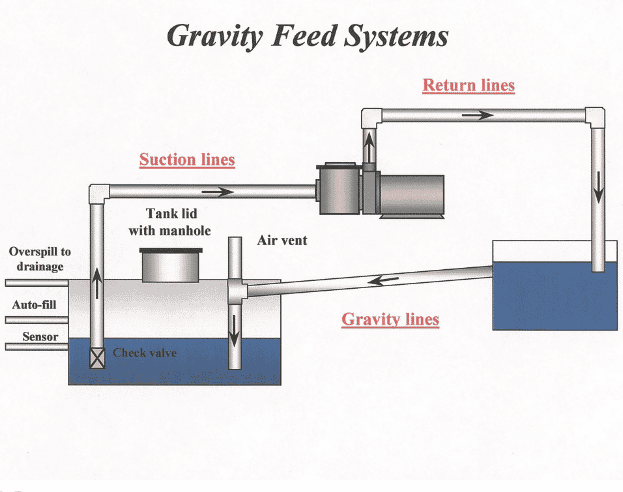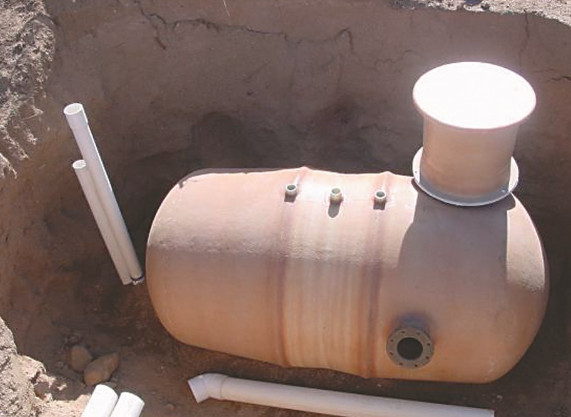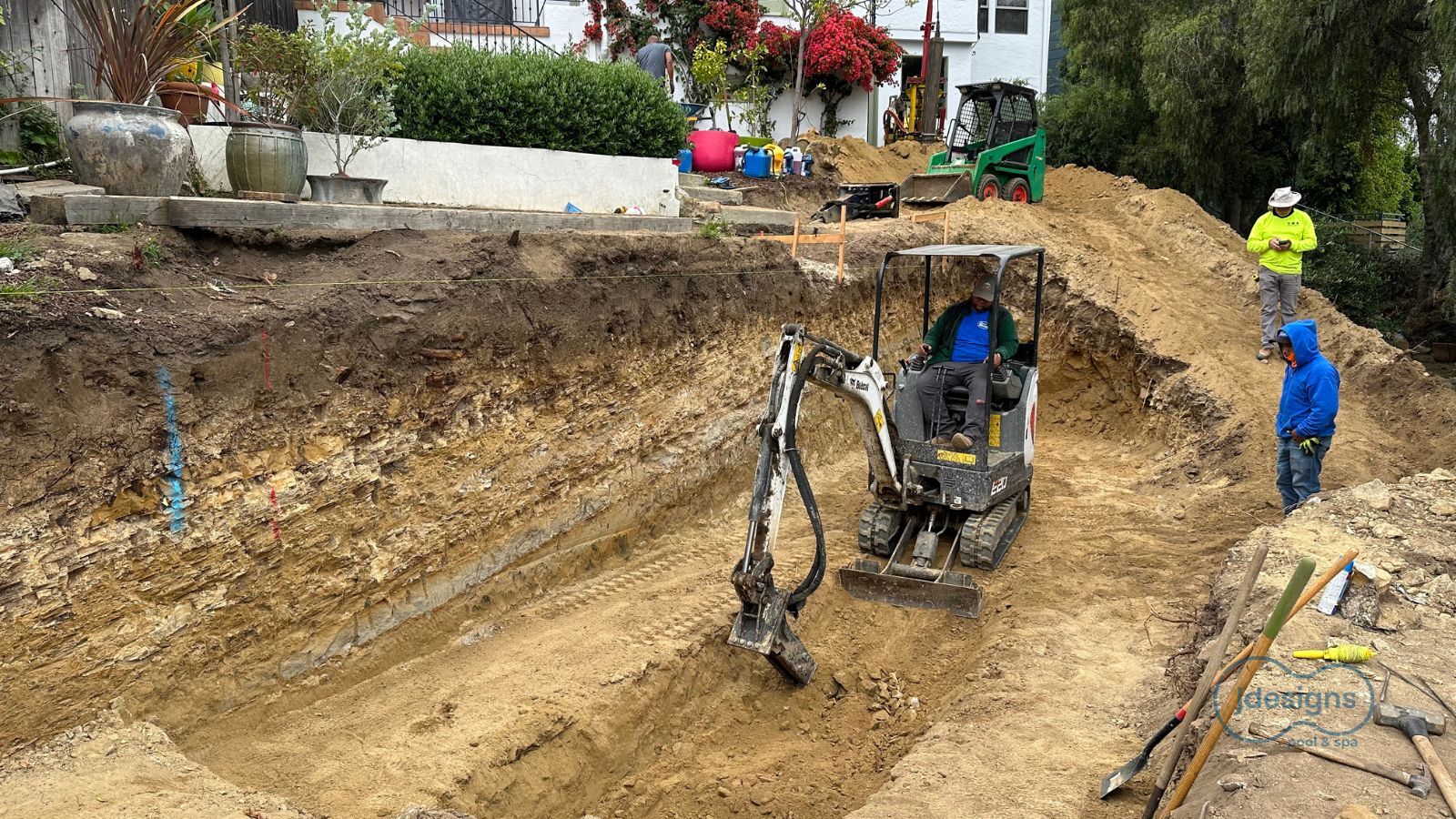Do You Need a Soils Report Before Pool Construction in LA?
The Hidden Soil Risks That Can Destroy Your Pool and Budget Why a Proper Soils Exploration Is Critical Before Building a Pool: A homeowner’s guide to...

Are you someone who’s always dreamt of having a large pool? How about an infinity pool? A Lautner edge pool? Or even a pool with water features and a waterfall?
Whatever kind of pool you want to build, you know it will involve several different elements and features that will give your backyard oasis a sense of customized luxury. You might also know that it will involve water and a lot of it. Gallons of water might require more than the standard-size pool.
In the cases of these specialty pools, you will need a surge tank.
Usually associated with Olympic-size pools used in schools and public swimming facilities, surge tanks to hold and recirculate lost or “displaced” pool water are also used by homeowners with large customized pools.
At J Designs Pool and Spa, we have had 14 years of working with the different systems used for optimum pool performance, and we want to give you a little insight into how a surge tank could benefit you, especially if you are building a more intricate pool with added features.
Listen, we don’t expect you to know everything there is to know about surge tanks when building your pool (like what a penstock is). However, by the end of this article, you will better understand what surge tanks are, the different kinds there are, how they’re installed, and their durability.
Let’s get started!
A surge tank is a water-containing vessel, usually hidden underground (or within the actual water feature in many cases), that silently performs the magic of keeping that infinity pool water level and looking like a sheet of glass.
If you have ever seen a Lautner edge pool or an infinity pool and wondered how the water seems to go over the edge, but the pool remains at the same level without any dips, it’s because of a surge tank.

Photo Courtesy of Watershape University
As mentioned before, the “displacement” of the water, either by swimmers or the water feature itself, is captured in the gutter systems of these pools and piped to the surge tank to be held. Once that happens, the displaced water is piped from the surge tank to the pumps to be filtered and sanitized before returning to the area where it came from.
By doing this, the surge tank can keep your pool's visual appeal and customized feature that keeps with its original design.
Where you see a pool, a surge tank can’t be too far away. Usually placed underground a few feet from the pool or water feature, surge tanks collect the displaced water sent to them by connected pipes. These pipes are also placed underground.
Some surge tanks, like concrete ones, are built above ground when connected to a specific water feature. These are hidden within the structure of the water feature away from the naked eye but still perform the same function as underground surge tanks.

Photo Courtesy of Watershape University
A special tip: the farther your contractor builds the surge tank from the pool, the longer the water travels through the pipes. In the long run, this can cause stress to your piping system, leading to breaks or cracks and potential flooding.
So please work with your contractor to ensure your surge tank is as close to the pool as possible.
The two main types of surge tanks that homeowners use today are concrete and manufactured ones, like fiberglass or plastic.
Both have their advantages and setbacks when it comes to their overall look, maintenance, and performance. However, some factors must be considered for concrete and manufactured surge tanks to be effective: pool size, how many gallons of water, and the hydraulic design plan.
Don’t panic! All of this is information provided by your pool technician. But ignoring these can risk your surge tank being too small or too big.
So, let’s see which one is best for your pool!
Because these surge tanks can be built in tandem with the pool instead of being installed separately, concrete surge tanks are preferred among homeowners and pool designers.
If installed correctly, concrete surge tanks can be built to look like they are a part of the pool or water feature. This makes them more aesthetically pleasing for the homeowner.
Since they are also built with a pool, the displaced water does not have to travel far. Therefore, there is no stress on the piping system. This is a significant plus among pool designers.
With concrete surge tanks being built instead of installed, they can hold a customizable amount of water.
Because of the tailored nature of a concrete surge tank, they are more on the pricier side. Since they are made of concrete, they will also need additional waterproofing to lower the chance of wear and tear.
These tanks are usually made from fiberglass or plastic and must be installed separately from the pool.
Surge tanks made of plastic or fiberglass are a more cost-effective option than concrete surge tanks, as they don't require waterproofing and can be thicker while still being sturdy.
The drawback to manufactured surge tanks is that they can only hold a certain amount of water because they are not customizable. So, pool builders recommend these surge tanks to homeowners with smaller pool projects.
You would never install a new engine into a luxury car by yourself, would you? The same principles apply to a luxury pool.
Because factors such as hydraulic calculations, engineering plans, and backyard placement are to be assessed, a professional contractor must be contacted to install your surge tank.
Even though complete knowledge of what goes into placing and connecting a surge tank is not required from you, many homeowners like to prepare themselves by having a basic knowledge of the process. That way, they have a general idea of what to expect when the day for their surge tank to be installed arrives.
So, without getting into the nuts and bolts, let’s briefly explain how each type of surge tank is installed.
As stated before, the allure of concrete surge tanks is that they can be built alongside your pool. This seamless integration not only enhances the aesthetics of your pool but also ensures efficient water management.
When constructing a concrete surge tank, the first step is to excavate the designated area where the tank will be placed. This excavation process involves careful planning and measurement to ensure the surge tank is of the appropriate size and capacity for your pool.
Once the area is excavated, a sturdy steel or rebar foundation is laid to provide structural support for the concrete surge tank. This foundation acts as a solid base, preventing any shifting or movement of the tank over time. The concrete is then poured over the foundation, meticulously shaped and smoothed to create a visually appealing structure that seamlessly blends with the pool design.
To ensure the durability and longevity of the concrete surge tank, it is essential to apply a waterproofing sealant. This sealant acts as a protective barrier, preventing water from penetrating the concrete and causing damage.
Once in the ground, manufactured surge tanks are carefully positioned and connected to the plumbing and hydraulics required for the pool. This process requires precision and expertise to ensure proper functionality and seamless integration with the pool system.
Specialized equipment is used to drive or crane the tanks into place, especially for larger tanks that may require extra care during installation. Then, the pipes and fittings are installed to create a seamless connection between the surge tank and pool system, ensuring watertight and leak-free connections.
Once the surge tank is installed and connected, it becomes an integral part of the pool system, silently performing its essential function of capturing and recirculating displaced water.
So whether you opt for a concrete surge tank built alongside your pool or a manufactured surge tank installed separately, professional installation is crucial to ensure a flawless and durable system. Trusting this process with knowledgeable experts will guarantee that your pool operates smoothly and maintains its beauty for years to come.
As with installation, checking your tank without professional assistance is never a good idea.
Regardless of what tank you get, each one is equipped with a hatch that, when opened, can give you access to maintenance for service. Your contractor will be pointing out the location of this hatch to you during the installation process.
However, there are several visible signs that you can look out for to know when it’s time to have your surge tank serviced.
Your water level has dropped: this is the most obvious sign that there might be something wrong with your surge tank or maybe a broken pipe.
Wet spots in your yard: if water is leaking from the surge tank or pipes, it will rise and form random wet spots on your lawn.
Dirt in your water: If the soil from your yard is being sucked into the surge tank or pipes, it will be circulated and blown into your pool water.
By reading this article, you now know what a surge tank is, what it does, the different kinds of surge tanks there are, and how to know if it needs to be checked. With this information, you can confidently decide if a surge tank would be helpful for your pool project.
At J Designs Pool and Spa, we have spent 14 years educating our clients on the different types of systems that can go into the working of their dream pool. We have verified Watershape professionals on staff who believe that it’s essential that homeowners have a general understanding of how their pool works.
That way, should anything come up, they have the tools to identify the issue, work with their contractor, and get ahead of it.
Need more information before a consultation? No problem! Check out these related articles:
Which Pool Cover Is Right For Me: Solar, Vinyl, Mesh, or Automatic? (Pros and Cons)

The Hidden Soil Risks That Can Destroy Your Pool and Budget Why a Proper Soils Exploration Is Critical Before Building a Pool: A homeowner’s guide to...

Why Pool Coping Fails - How to Avoid Expensive Repairs If you’re planning a new pool or renovating an older one, it’s completely normal to feel...

Have you ever wondered why your pool company talks about “certified technicians”? Or why does Los Angeles County require strict training and testing...